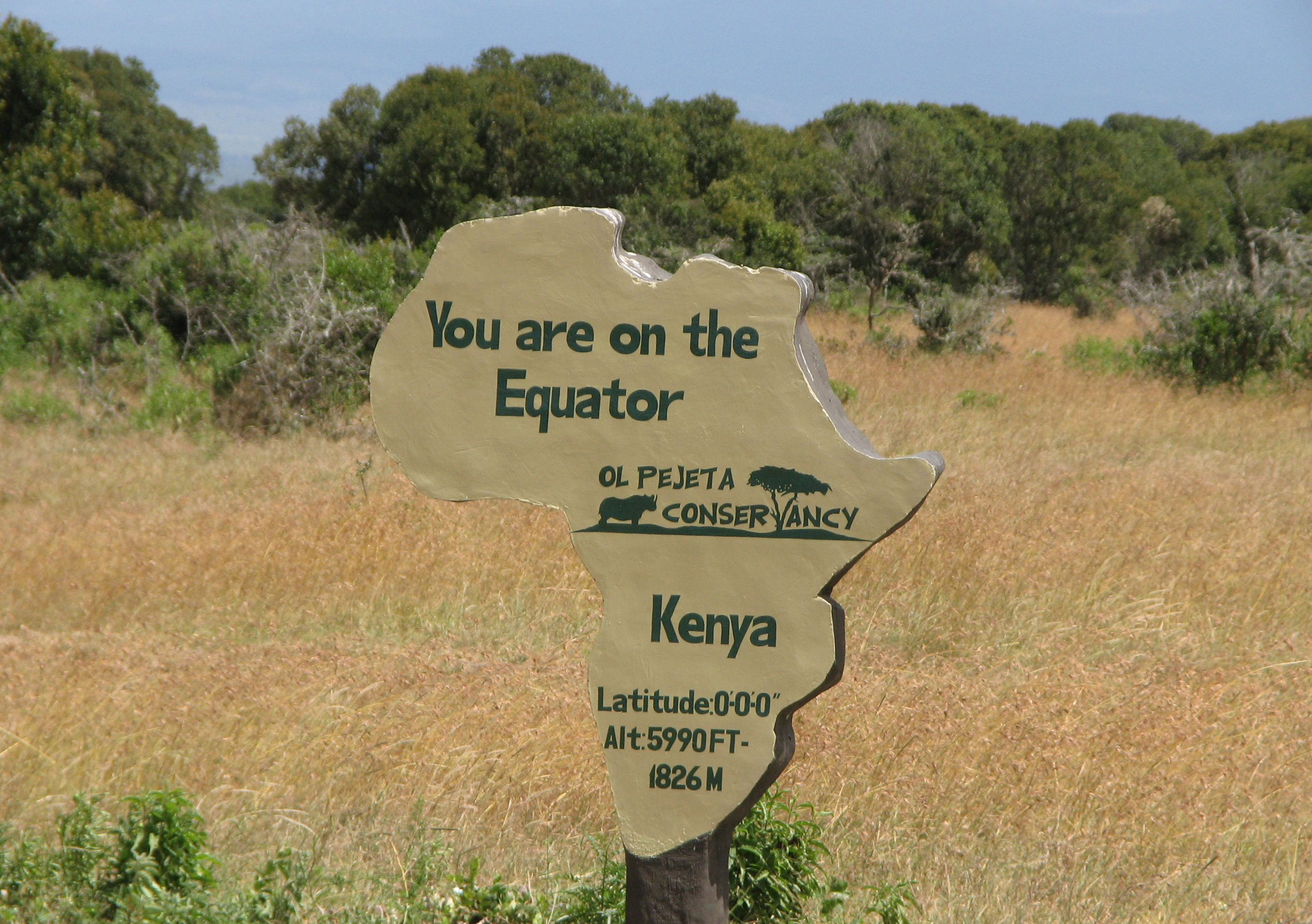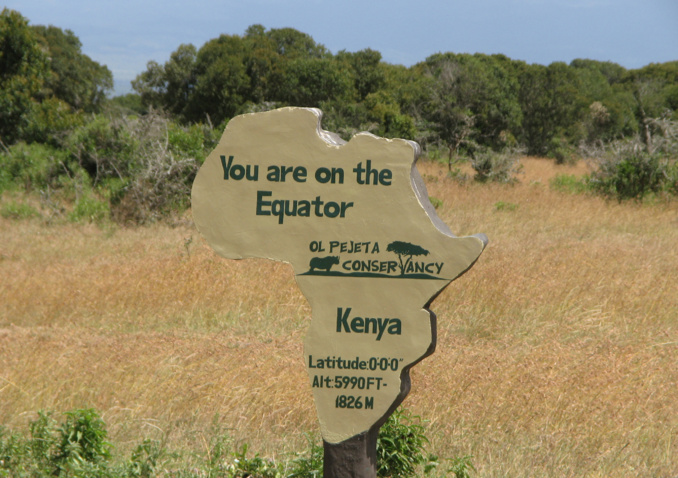The answer is surprisingly simple: export them. A number of African countries are ready to take on the "poisoned chalice" of China by building obsolete coal plants known for their strong emissions polluting the atmosphere.
Kenya is one of those countries. Its coast is a true national treasure, if viewed from the point of view of fisheries, tourism, growing population and economic development. But Amu Coal, a consortium of Kenyan and Chinese energy and investment firms, intends to begin construction of a coal plant, but only in a part that is not affected by industrial development. The plant will be located 20 km away from the city of Lamu at the mouth of the Dodori Creek.
Despite the unfavorable economic and financial conditions for the production of energy from coal, the plant may be the only source of pollution in Kenya.
These problems are set out in the Environment and Social Impact Assessment, as required by the Environmental Protection Act of Kenya, and it has been audited by the National Environmental Management Authority. However, this study either skipped or not fully disclosed three key questions.
The first is the classical industrial revolution. Coal releases a number of toxic substances into the environment. They enter the atmosphere, rain, groundwater and seawater, and then flow into the flora, fauna and people. These substances are hardly mentioned in the study. There are also no detailed estimates of the volumes that can be released, and how they can be reduced by mitigating actions. Coal intended for use, originally imported from South Africa and called "bituminous", releases a large amount of toxins, especially when burned incorrectly.
The study also does not clearly indicate the exact amount of coal residue left after burning: almost 4 km in length, 1 km in width and 25 m in height. There is also no reliable waste management plan.
Secondly, Kenya's contribution to global emissions of carbon dioxide. In accordance with the Paris Agreement on Climate Change, the government pledged to reduce the emissions by 30% by 2030. The study does not take into account carbon emissions from the plant, considering them insignificant on a global scale: it amounts to only 0.024% of global emissions. But what is hidden is that the emissions from a coal plant will double carbon dioxide emissions throughout Kenya. This will happen at a time when citizens, businesses and government are investing in measures to reduce carbon emissions, for example through the use of wind, solar and geothermal energy.
The third reason is the chimera of the aforementioned climate change and toxic pollution in combination. It is clear that sea level will grow due to climate change. It is estimated that it can rise to half a meter or a meter by the end of this century, and maybe even more. The mountain of toxic waste left by the plant will be located on the flattest coastline of Kenya. The base will probably rise 2-3 m above sea level and will take 10 to 100 m from the coastline. This is the most vulnerable part of the coast of Kenya, where the sea level rises, and yet there will be the most massive dump with toxic waste.
In terms of impact assessment, it is argued that the "area is remote", so few people will be affected by pollution. Not to mention the erroneous logic that it is quite normal to pollute the natural areas of the desert if plans for major urban development are completed in the framework of the LAPSSET project. The latter is the largest and most ambitious project in the field of infrastructure development in Africa, which includes Kenya, Ethiopia and South Sudan. It involves the construction of the city for more than 1 million people in the area by 2050.
The report also says nothing about irradiating this amount of people with toxic waste. Even a strategic environmental assessment for the LAPSSET project, conducted in the last few years, does not take into account the coal plant in its assessment. The logic is that the plant "is not part of LAPSSET." But even the most primitive understanding of the goal of impact assessment and strategic environmental assessments is to consider all the interacting threats, and especially the biggest ones, that can harm the environment and people.
Improving standards is undoubtedly necessary in the environmental impact assessment sector in Kenya. Strengthening the assessment of the state of the environment and social consequences as a tool to promote proper development will be one of the most important steps that the government can take to protect and develop natural and social assets on which safe, healthy and equitable development is based.
source: theconversation.com
Kenya is one of those countries. Its coast is a true national treasure, if viewed from the point of view of fisheries, tourism, growing population and economic development. But Amu Coal, a consortium of Kenyan and Chinese energy and investment firms, intends to begin construction of a coal plant, but only in a part that is not affected by industrial development. The plant will be located 20 km away from the city of Lamu at the mouth of the Dodori Creek.
Despite the unfavorable economic and financial conditions for the production of energy from coal, the plant may be the only source of pollution in Kenya.
These problems are set out in the Environment and Social Impact Assessment, as required by the Environmental Protection Act of Kenya, and it has been audited by the National Environmental Management Authority. However, this study either skipped or not fully disclosed three key questions.
The first is the classical industrial revolution. Coal releases a number of toxic substances into the environment. They enter the atmosphere, rain, groundwater and seawater, and then flow into the flora, fauna and people. These substances are hardly mentioned in the study. There are also no detailed estimates of the volumes that can be released, and how they can be reduced by mitigating actions. Coal intended for use, originally imported from South Africa and called "bituminous", releases a large amount of toxins, especially when burned incorrectly.
The study also does not clearly indicate the exact amount of coal residue left after burning: almost 4 km in length, 1 km in width and 25 m in height. There is also no reliable waste management plan.
Secondly, Kenya's contribution to global emissions of carbon dioxide. In accordance with the Paris Agreement on Climate Change, the government pledged to reduce the emissions by 30% by 2030. The study does not take into account carbon emissions from the plant, considering them insignificant on a global scale: it amounts to only 0.024% of global emissions. But what is hidden is that the emissions from a coal plant will double carbon dioxide emissions throughout Kenya. This will happen at a time when citizens, businesses and government are investing in measures to reduce carbon emissions, for example through the use of wind, solar and geothermal energy.
The third reason is the chimera of the aforementioned climate change and toxic pollution in combination. It is clear that sea level will grow due to climate change. It is estimated that it can rise to half a meter or a meter by the end of this century, and maybe even more. The mountain of toxic waste left by the plant will be located on the flattest coastline of Kenya. The base will probably rise 2-3 m above sea level and will take 10 to 100 m from the coastline. This is the most vulnerable part of the coast of Kenya, where the sea level rises, and yet there will be the most massive dump with toxic waste.
In terms of impact assessment, it is argued that the "area is remote", so few people will be affected by pollution. Not to mention the erroneous logic that it is quite normal to pollute the natural areas of the desert if plans for major urban development are completed in the framework of the LAPSSET project. The latter is the largest and most ambitious project in the field of infrastructure development in Africa, which includes Kenya, Ethiopia and South Sudan. It involves the construction of the city for more than 1 million people in the area by 2050.
The report also says nothing about irradiating this amount of people with toxic waste. Even a strategic environmental assessment for the LAPSSET project, conducted in the last few years, does not take into account the coal plant in its assessment. The logic is that the plant "is not part of LAPSSET." But even the most primitive understanding of the goal of impact assessment and strategic environmental assessments is to consider all the interacting threats, and especially the biggest ones, that can harm the environment and people.
Improving standards is undoubtedly necessary in the environmental impact assessment sector in Kenya. Strengthening the assessment of the state of the environment and social consequences as a tool to promote proper development will be one of the most important steps that the government can take to protect and develop natural and social assets on which safe, healthy and equitable development is based.
source: theconversation.com



















